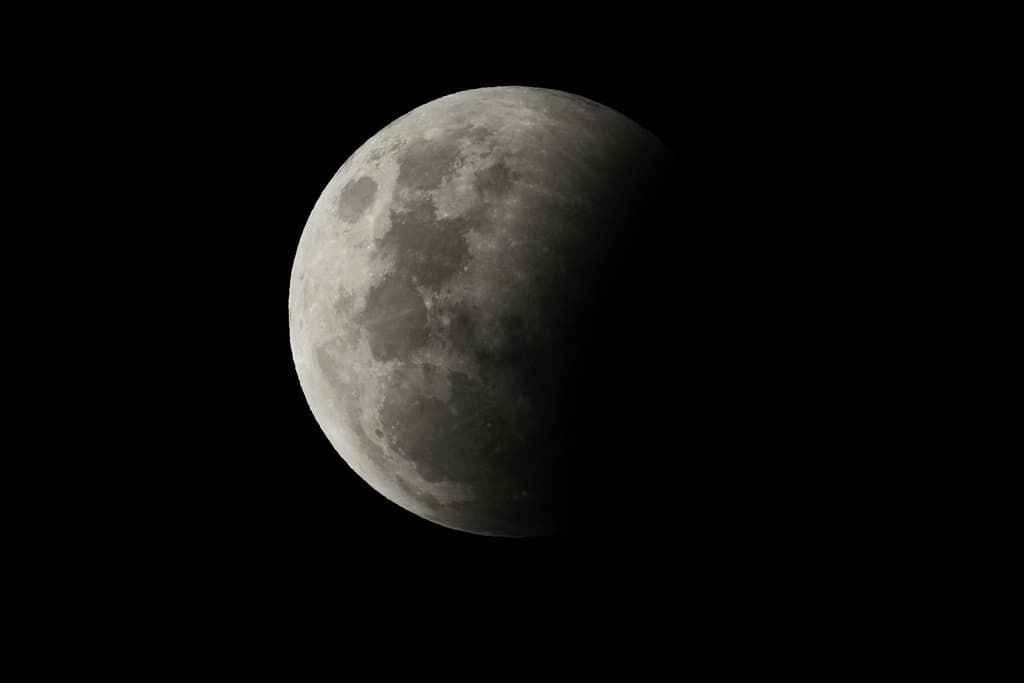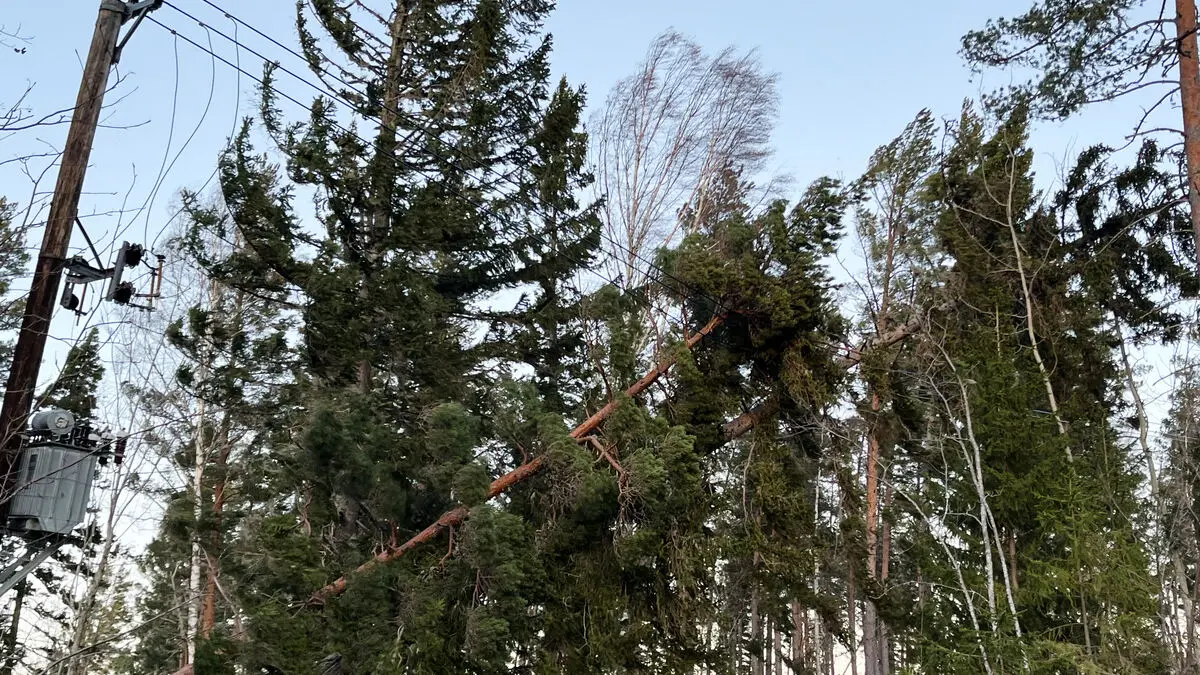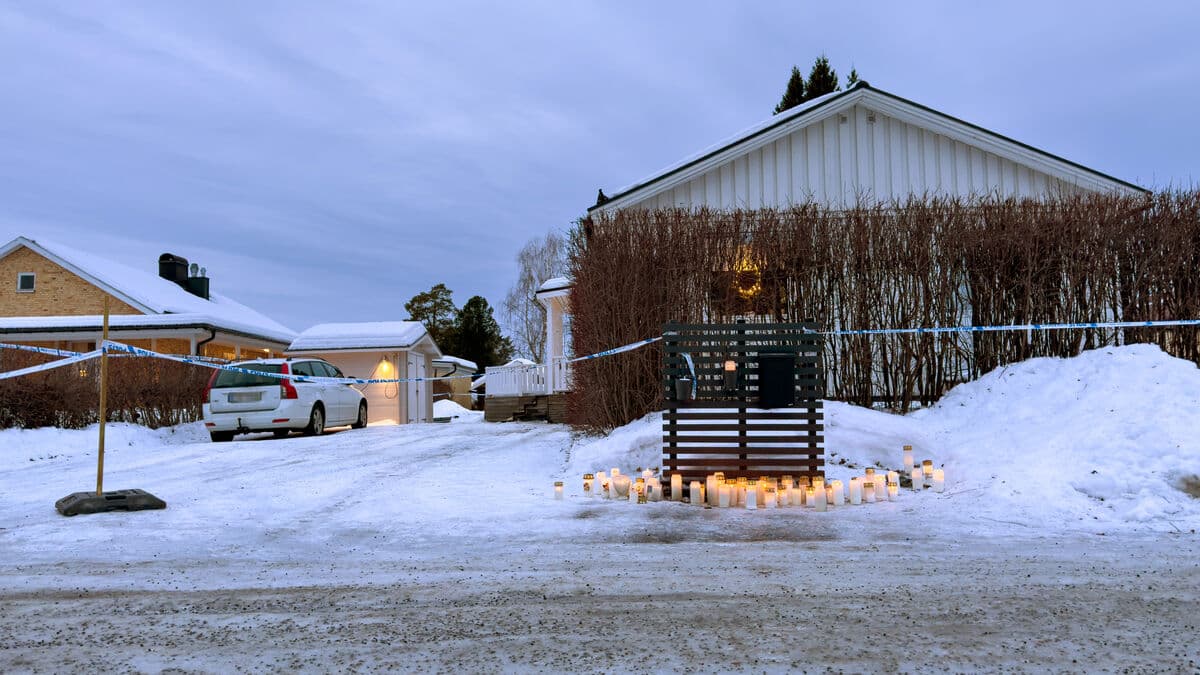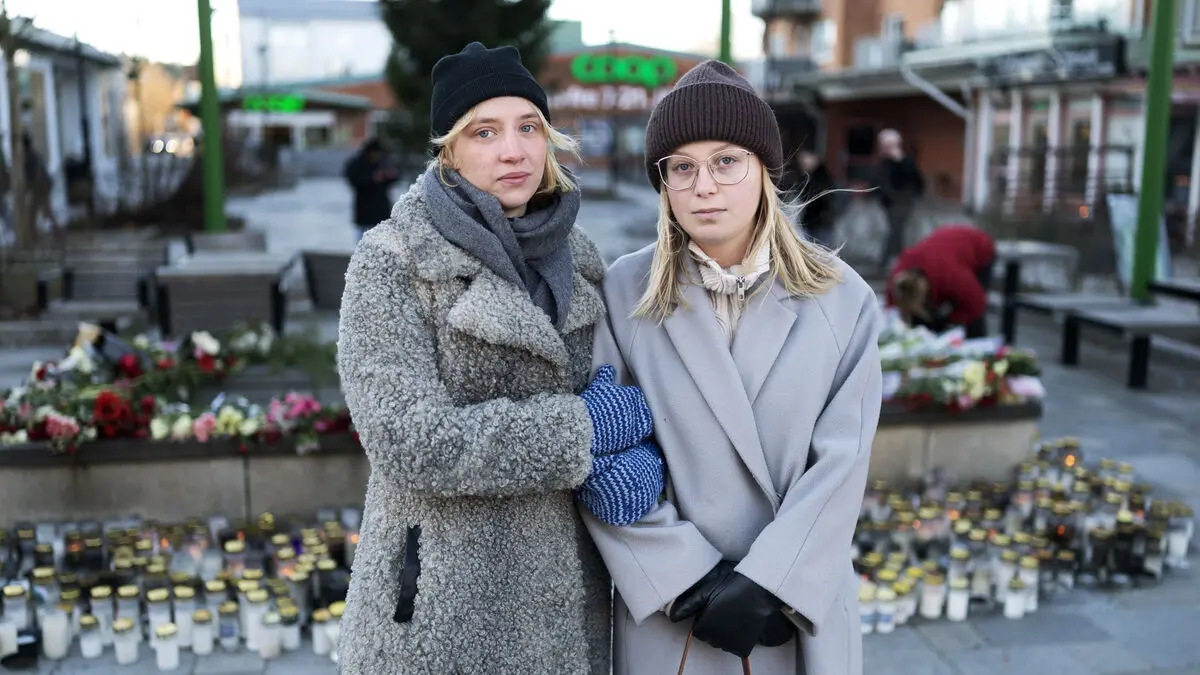On one of the most remote places on Earth, there is a gigantic bank vault for genetic diversity. Deep down in the permafrost on Svalbard, the world's gene banks can store seed samples as a security measure in the event of war, diseases, and natural disasters.
The Seed Vault, also known as the "doomsday vault" in popular parlance, is catastrophe-proof and designed to withstand an atomic bomb. However, a few years ago, water seeped into the entrance tunnel – a consequence of the rising temperatures due to climate change, which prevented the permafrost from forming as planned around the entrance, according to the Norwegian Statsbygg. The vault thus became a victim of one of the problems it was intended to protect others from.
Storing animal cells
The seeds survived, and the vault remains. However, the incident worried Mary Hagedorn, a biologist at the Smithsonian Institution in the USA. She and her colleagues began to think about a more reliable storage location, out of reach of war and climate change – where it would also be possible to store cells from animals. They turned their attention to the moon.
Craters in permanent shadow are cold enough for cryopreservation, according to the researchers who describe the proposal in an article in the journal Bioscience. To cryopreserve animal cells, the temperature must be lowered to -196 degrees. On Earth, this requires liquid nitrogen, electricity, and personnel – elements potentially vulnerable to disruptions.
Initially, a bio-vault on the moon would focus on the most endangered species, but our ultimate goal would be to cryopreserve most species on Earth, says Hagedorn in a comment.
Cryopreserved fish
Cryopreservation is a method for freezing genetic material where cells can remain frozen but alive for hundreds of years. Hagedorn's team has tested the technique by cryopreserving skin samples from the asterropteryx semipunctata, a common reef fish.
A bio-vault on the moon could also be an asset for astronauts, Hagedorn believes.
It will be necessary to grow a lot of plants when they start terraforming Mars. So, having plant material on the moon would be a bonus. Like a food store for space travel, she says to Science.
The threats to biological diversity are increasing, and innovative solutions are needed to protect future ecosystems, the researchers emphasize. Their proposal still largely borders on science fiction. However, they hope to inspire new discussions and ideas for measures – which may also make a security vault on the moon a reality.
In the event of extreme weather or other environmental disasters, entire animal populations can be wiped out. One way to preserve genetics, as a complement to conservation efforts in the animal's natural habitat, is cryopreservation.
Cryopreservation typically involves collecting and freezing sperm, egg cells, embryos, and somatic cells in liquid nitrogen.
Source: Nordgen





